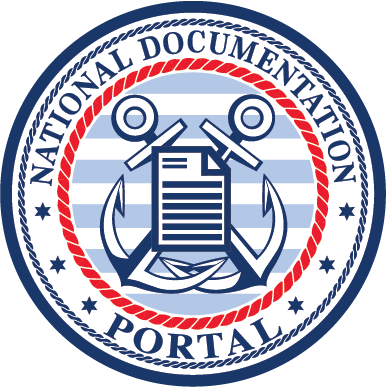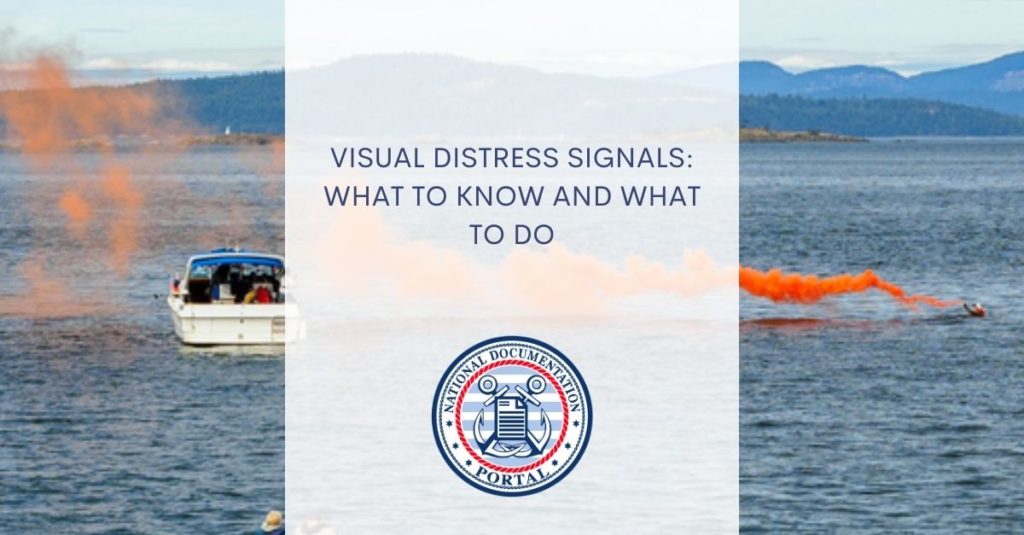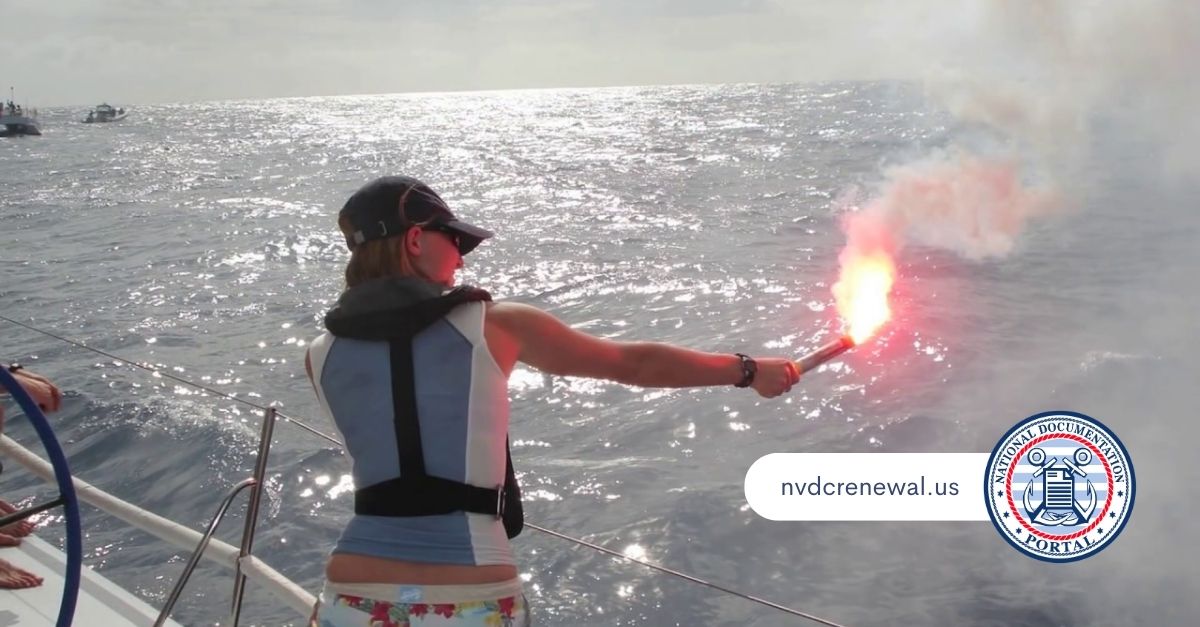Do you want to stay as safe as possible when out on the water? Do you know what to do in the event of an emergency? You can’t prepare for every eventuality when you’re out on the high seas. But, what you can do is familiarize yourself with visual distress signals. That way, you’ll be prepared to do what’s right for you, your crew, and your vessel, come what may. Our vessel documentation service always wishes for boat operators to be as safe as possible.
Basic Facts of Visual Distress Signals
The Coast Guard and authorities recommend specific visual distress signals for boats to indicate distress and signal for help. The specific requirements may vary depending on your location and the size of your vessel, so it’s essential to check the regulations in your area.
Popular Distress Signals
Perhaps the most common distress signal, as of this writing, is the orange smoke signal. These handheld signals emit a dense orange smoke when ignited, providing a highly visible marker during the day. They are typically used to indicate a distress situation and can help rescuers locate your vessel. Additionally, flares are a commonly recognized distress signal. They come in two types: hand-held flares and aerial flares. Both are effective for nighttime or low-visibility situations. You may opt for an electric distress light. This battery-powered light produces a flashing SOS signal. These lights are typically stowed on vessels and can be activated when needed. They are effective for nighttime signaling and have a longer duration than flares.
What to Do if You’re in a Water Emergency
If you’re on the water and in some kind of emergency, the first thing to do is to ensure the personal safety of all involved. Indeed, the safety of everyone on board should be the top priority. Make certain that all passengers are wearing life jackets and secure any loose objects on the vessel to prevent accidents. Then, use your distress signals. Activate the appropriate visual distress signals based on the situation and available resources, depending on what you have on board and the conditions.
After You’ve Used Your Distress Signals
Hopefully, you never have to use distress signals or, if you do, you receive help on the water immediately. After you’ve used the signals, then, make a distress call. Use your marine VHF radio to make a distress call on Channel 16, the international hailing and distress frequency. Provide your vessel’s location, nature of distress, number of people on board, and any other relevant information. If you don’t have a radio, use any available means to contact the authorities or nearby vessels for assistance. Then, remain calm and await assistance. It’s crucial to conserve energy and stay with your vessel unless it becomes unsafe to do so.
Vessel Documentation
The above can help you to stay safe when you’re out on the water. Our site can also help you to stay safe from the authorities so that you’re free to use your vessel how you want. Here, at our site, you can find an easier way to document your vessels as well as to maintain that documentation. Learn more here.


